Toyota Concept-i Preview: 2017 CES


CARS.COM
Looks like: The designers couldn’t say no to crazy ideas.
Defining characteristics: Covered rear wheels, customizable LED lighting inside and out, screens on almost every interior surface, autonomous driving capability
Ridiculous features: Scissor doors front and rear, an artificial intelligence assistant that talks to you and detects the mood of both the driver and other drivers in the area to choose the “happiest” route
Chance of being mass-produced: Zip-zero, but Toyota says it will start testing the AI technology within the next several years in Japan.
Toyota offered a peek into its view of the automotive future at the 2017 Consumer Electronics Show in Las Vegas with the Concept-i and its robust artificial intelligence system.
Toyota went so far as to give the system a name: Yui (pronounced you-ee). It’s represented by a glowing ball that bounces around the interior (and even the exterior), and it changes colors depending on your mood, driving conditions and whether the car is operating autonomously.
Beyond Yui, there are plenty of futuristic touches and innovations on the Concept-i, starting with its strange exterior.
Exterior
Even for a concept, the Concept-i’s styling is out there. The rear wheels are hidden by white covers and arrow-shaped design elements are found all over the quarter panels and taillight covers.
The front and rear scissor doors open in opposite directions, with the front doors composed mostly of glass. This makes it easy to see into the cabin from the outside; even the footwells for both front occupants are exposed — so keep those shoes on. The roof is composed mostly of glass as well, which exposes the cabin to lots of natural light.
A unique styling feature is the Concept-i’s exterior screens that communicate with the outside world. Up front, a display shows whether the vehicle is operating in manual or automated modes. A rear screen shows messages such as “watch out” under heavy braking or warns other cars about upcoming turns or hazards. The doors also have displays on them, and Yui says “Hello” as you approach the vehicle.
Interior
The Concept-i does away with a traditional dashboard and center console. There’s just a circular display where Yui hangs out to communicate with the driver. There are projectors located on the dash’s sides that can show information and change the cabin’s lighting color.
When the Concept-i is driving in autonomous mode, the interior’s color changes to let the occupants know that the car is driving itself. Instead of using screens to deliver safety and directional information to the driver, a 3-D head-up display is projected onto the lower windshield.
AI/Safety Technology
No powertrain details were offered, but Toyota had a simulator on hand to demonstrate Yui’s capabilities and the safety technology. Before entering the cabin, I created a profile. After I sat down in the driver’s seat and the car identified me, Yui asked me some questions about my mood and outlined a proposed drive route. One of my interests is watching sports, so Yui planned a route to drive by AT&T Park in San Francisco. When I didn’t seem too keen on the idea, Yui redirected us to Muir Woods.
The Concept-i is connected to other cars in its vicinity with the same technology and can figure out which routes are the “happiest.” If it senses that several people have elevated levels of stress along a certain road, whether because of traffic or an accident, that route can be avoided.
Yui will also change the cabin conditions depending on the surrounding environment. In the simulation, when we entered the woods, a cool breeze started blowing, the interior ambient color switched to a soft blue-green and even the music changed to a soothing electronic tune.
After the simulation ended, the car displayed a map with my mood levels along the route. When a pedestrian popped out from behind a parked car and the Concept-i executed an emergency stop, it also registered my surprise. And it also caught my happiest moment in the simulation as we entered a winding road in the woods and Yui said it was turning on the manual driving mode.
The Concept-i’s autonomous capabilities are not fully turned off even when in manual mode. Toyota says the system remains in a “guardian mode” and can take over to steer the car clear of danger or unexpected obstacles such as the pedestrian.
The Concept-i shows that Toyota believes that self-driving features should be backed up with warmth. As clinical as the features felt, having a “thing” to talk to helped to make the experience more accessible — like a doctor breathing on a stethoscope to warm the metal before putting it on your chest.
Toyota said that some Yui elements will be tested in Japan within the next few years.
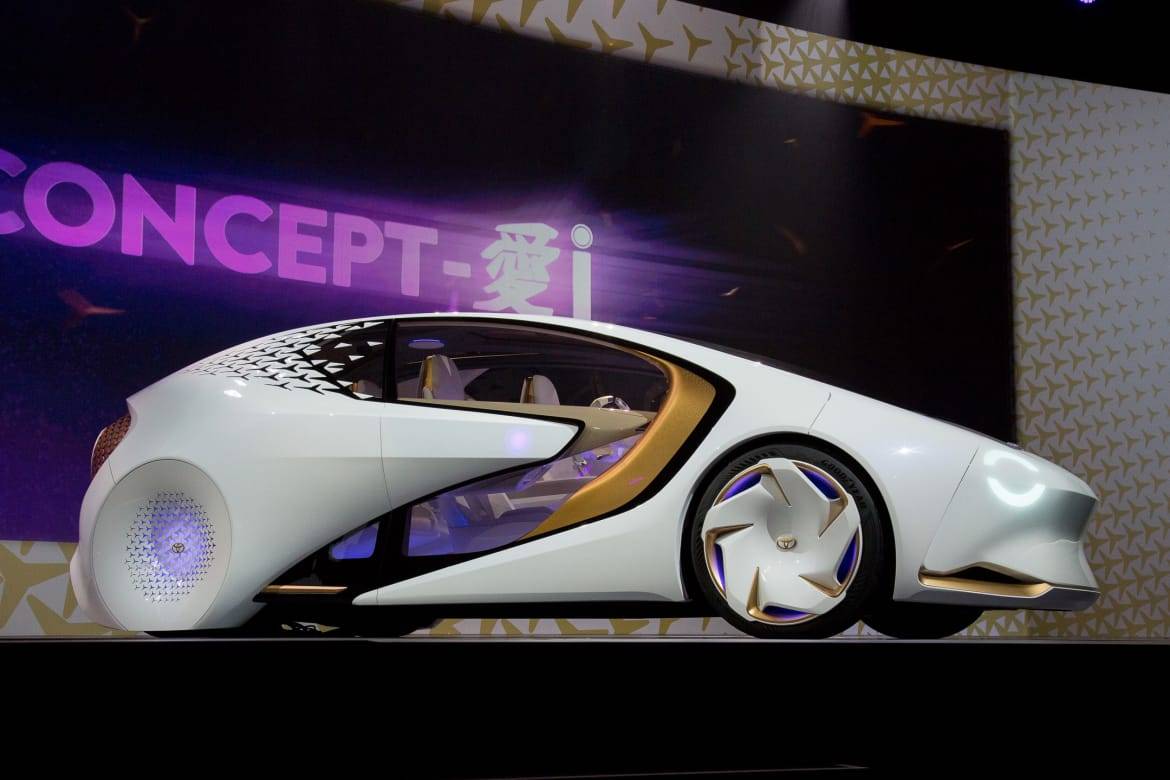
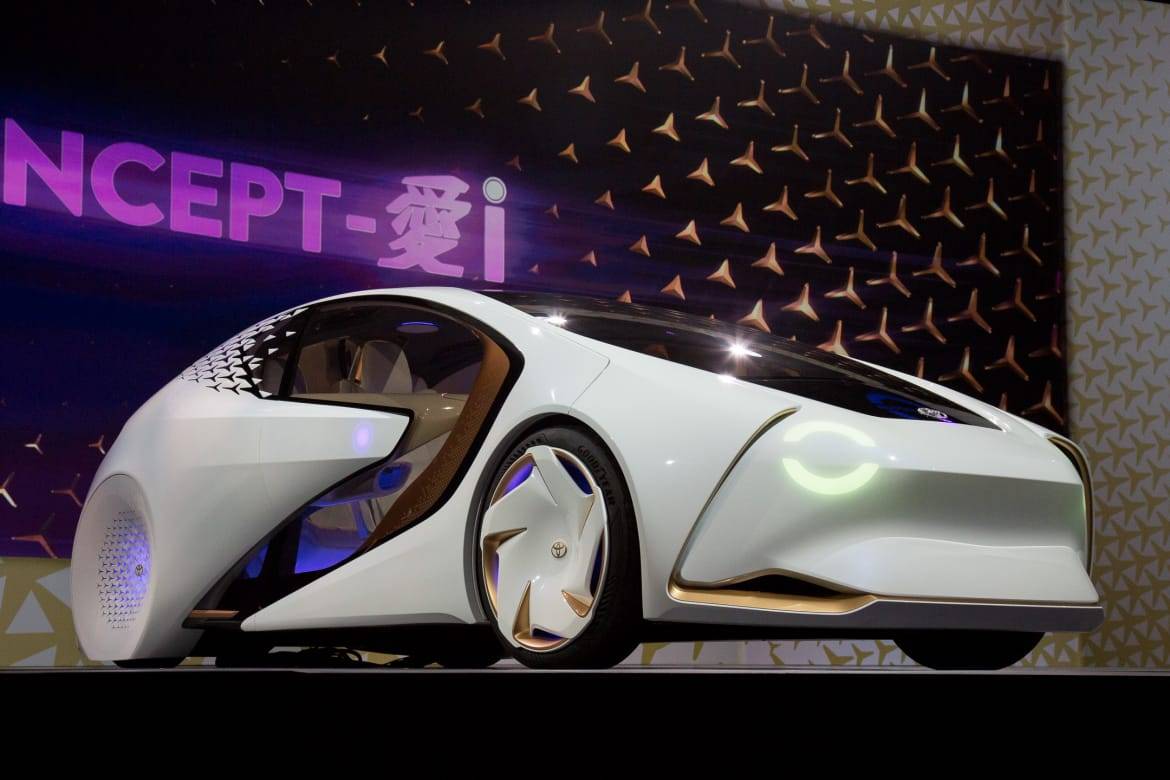
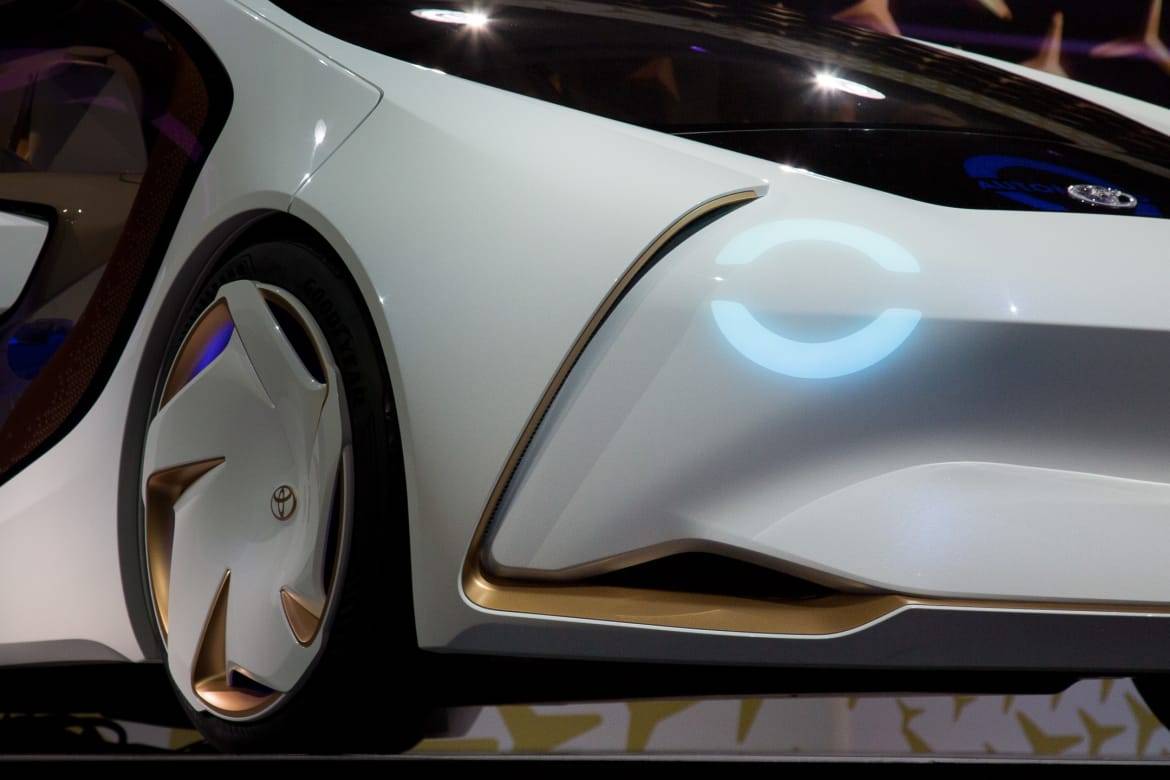
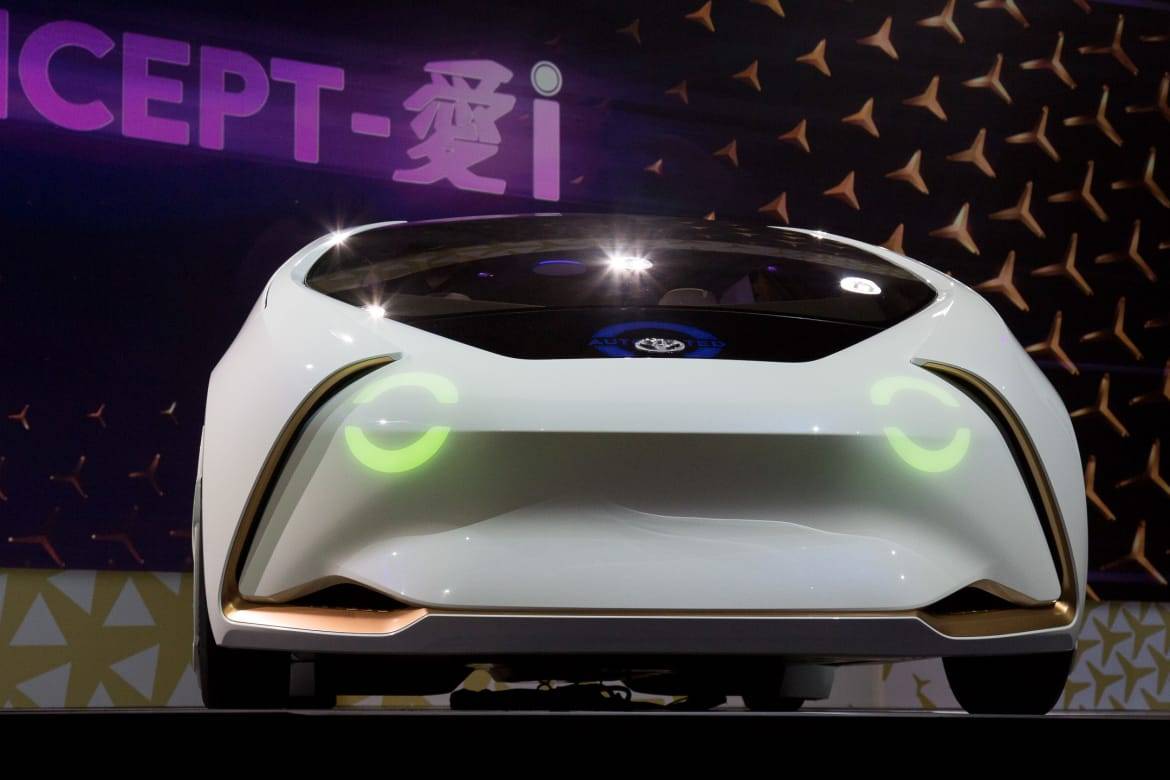
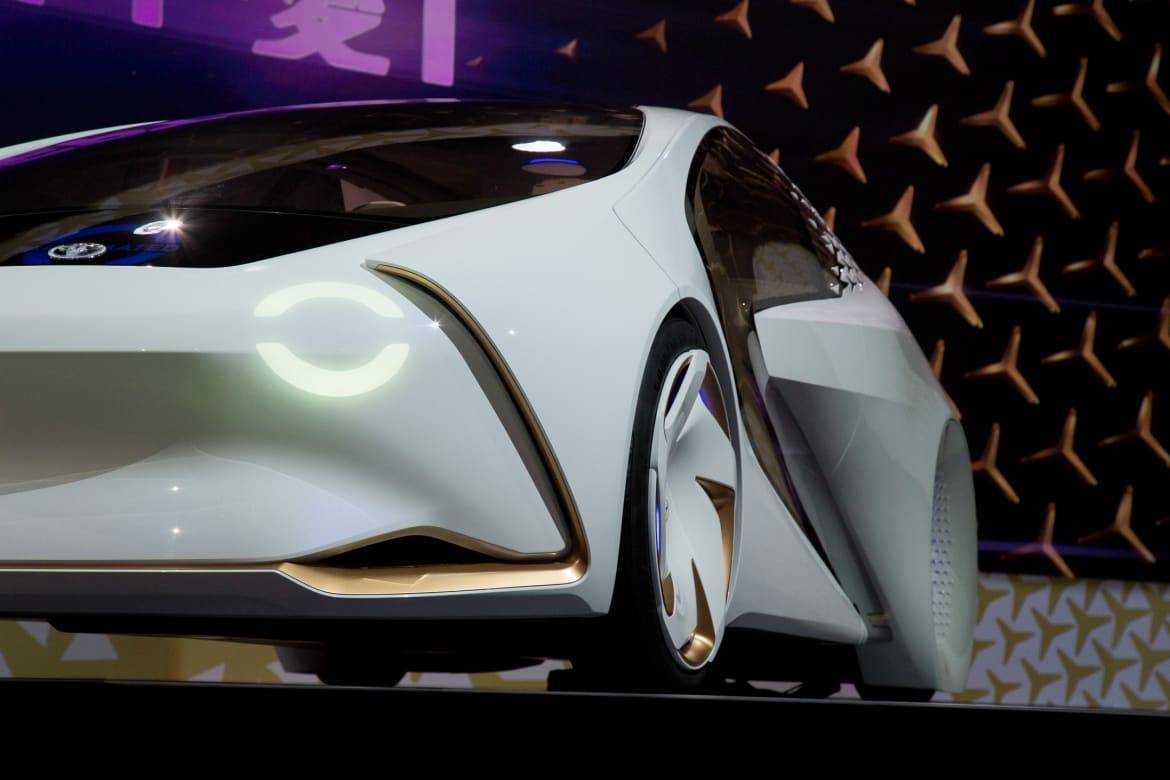

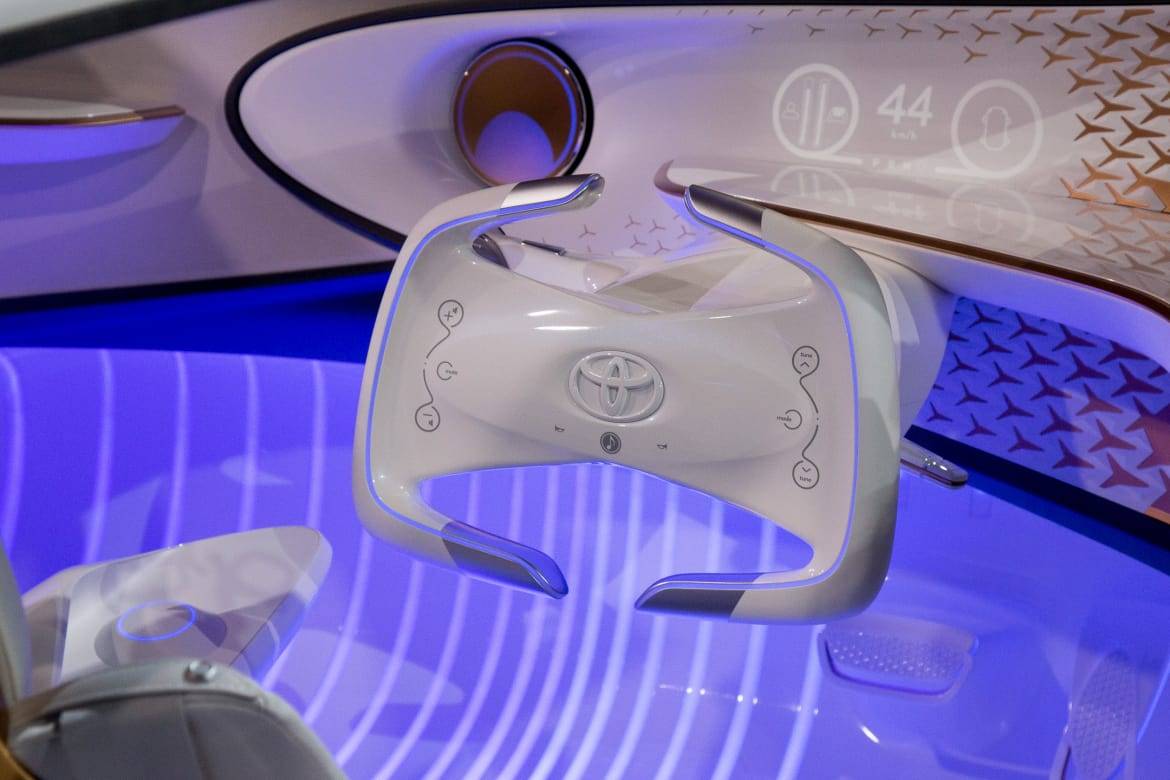
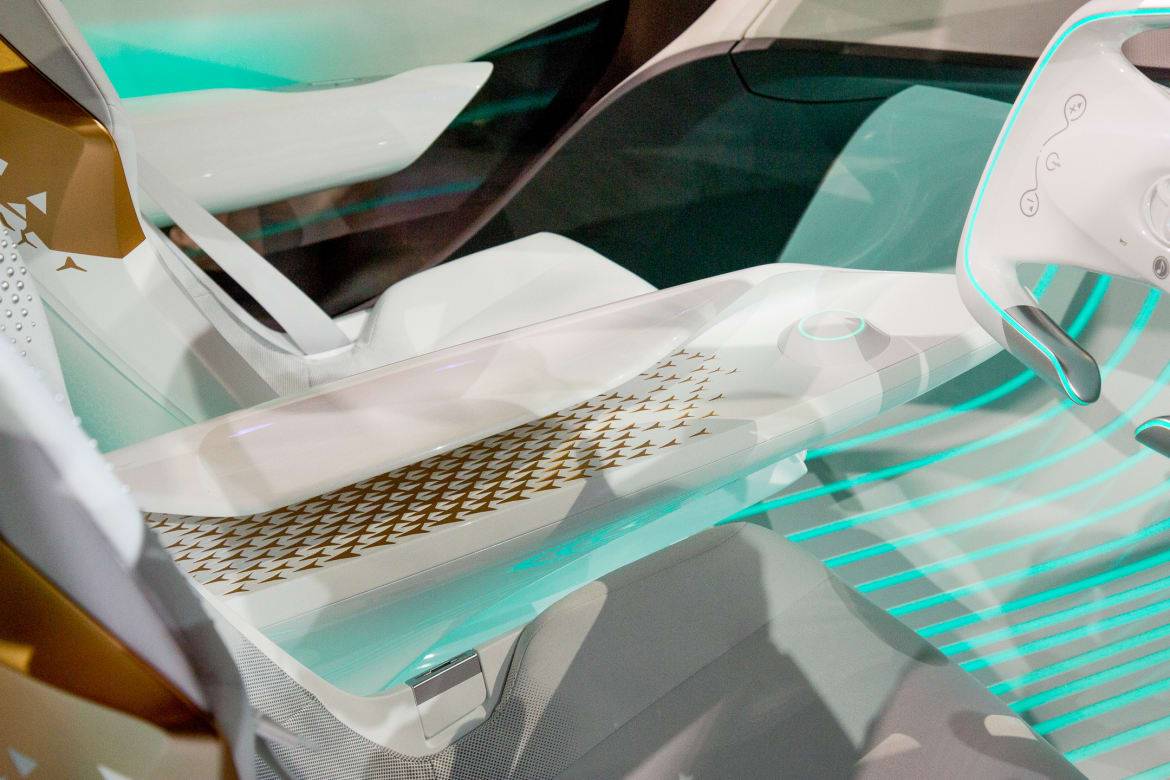

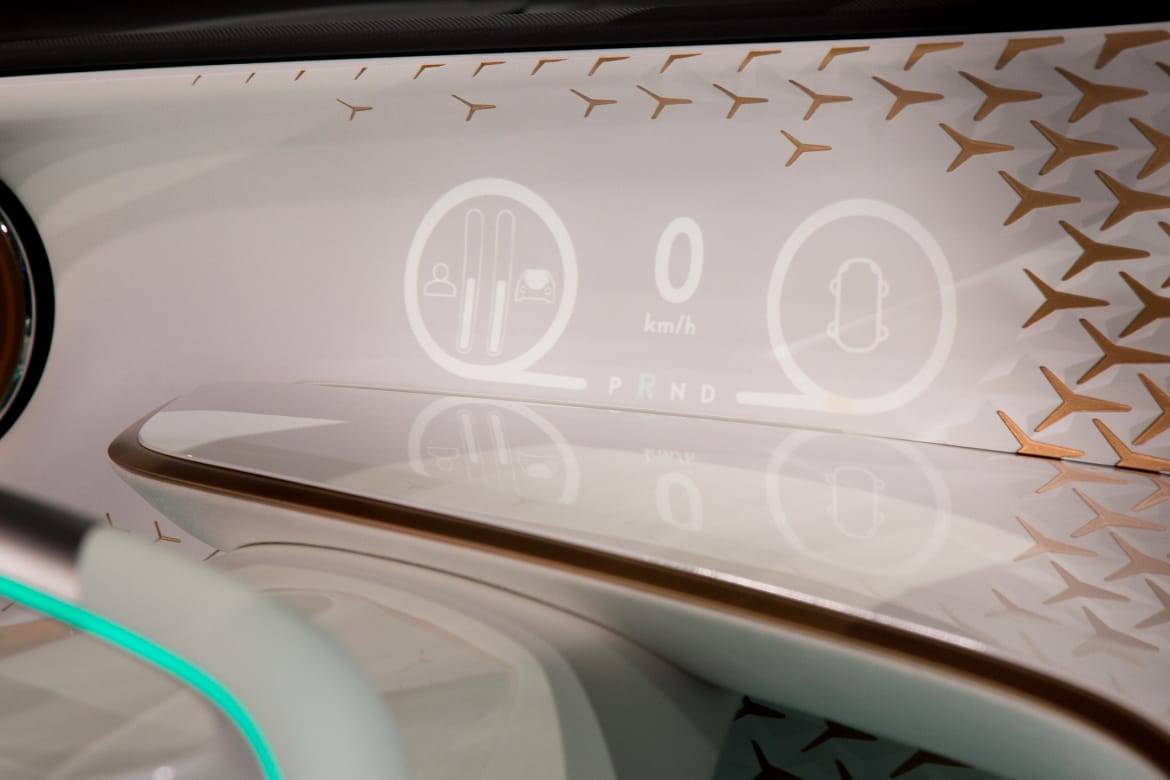
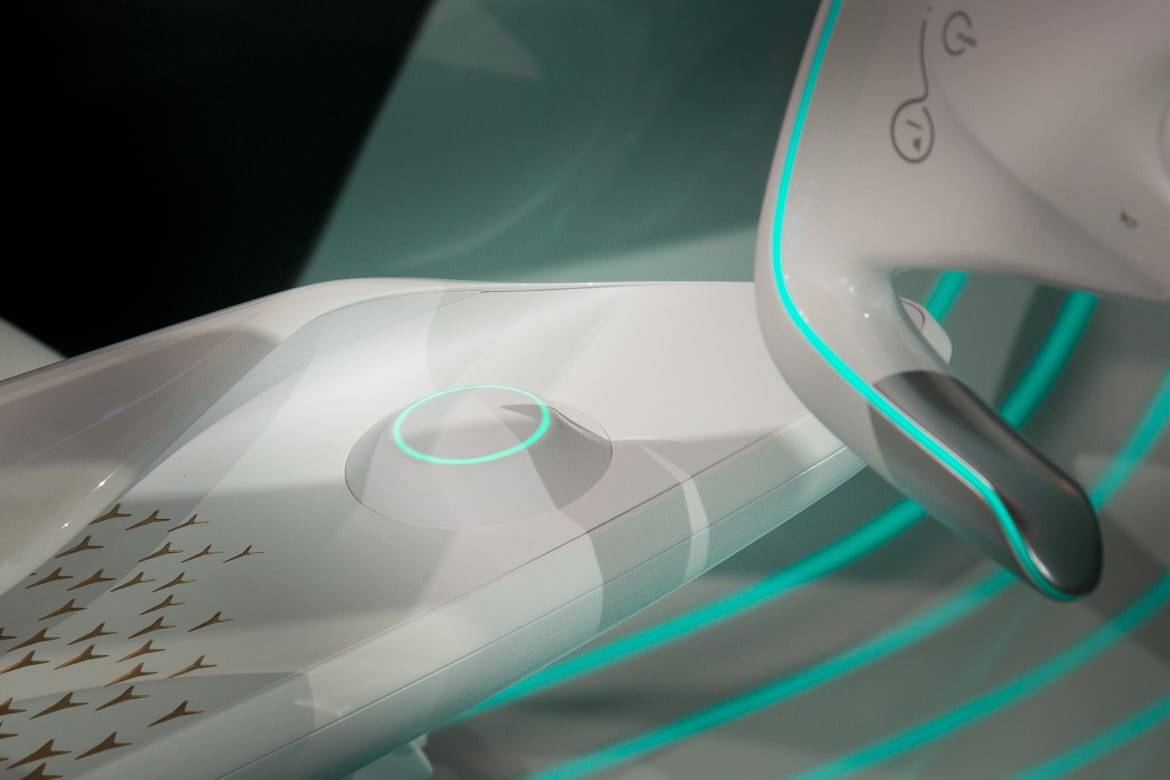
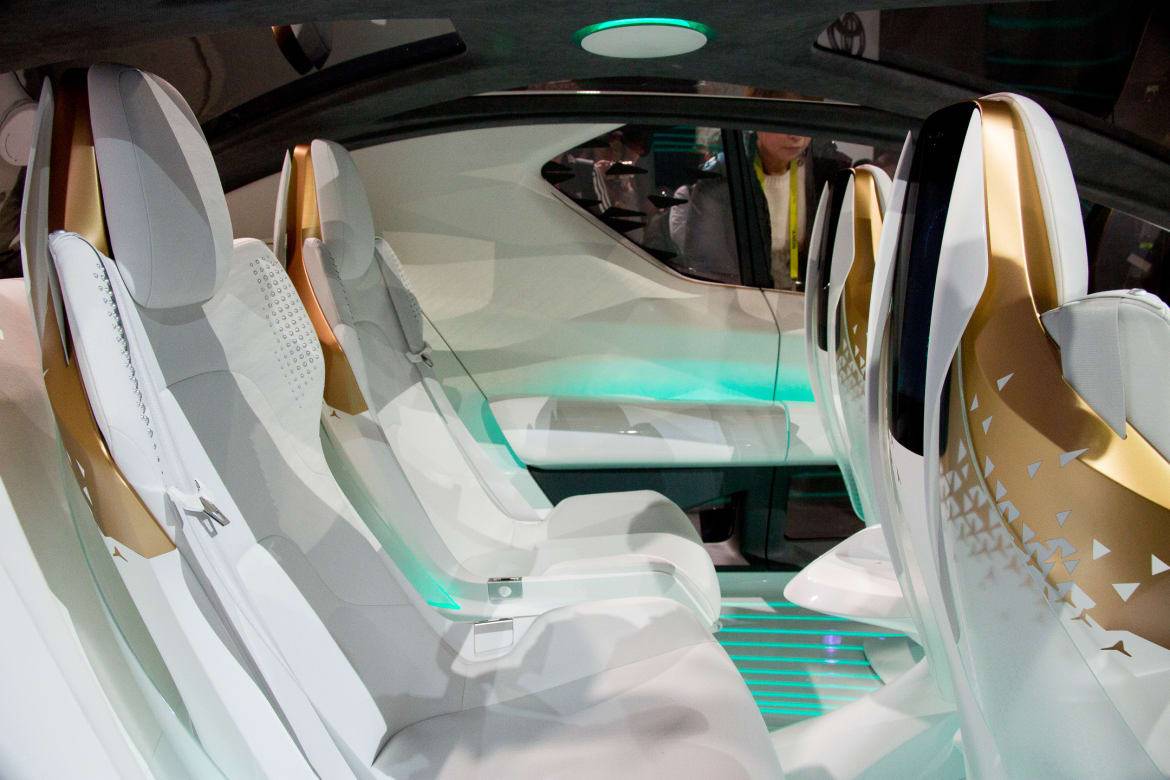

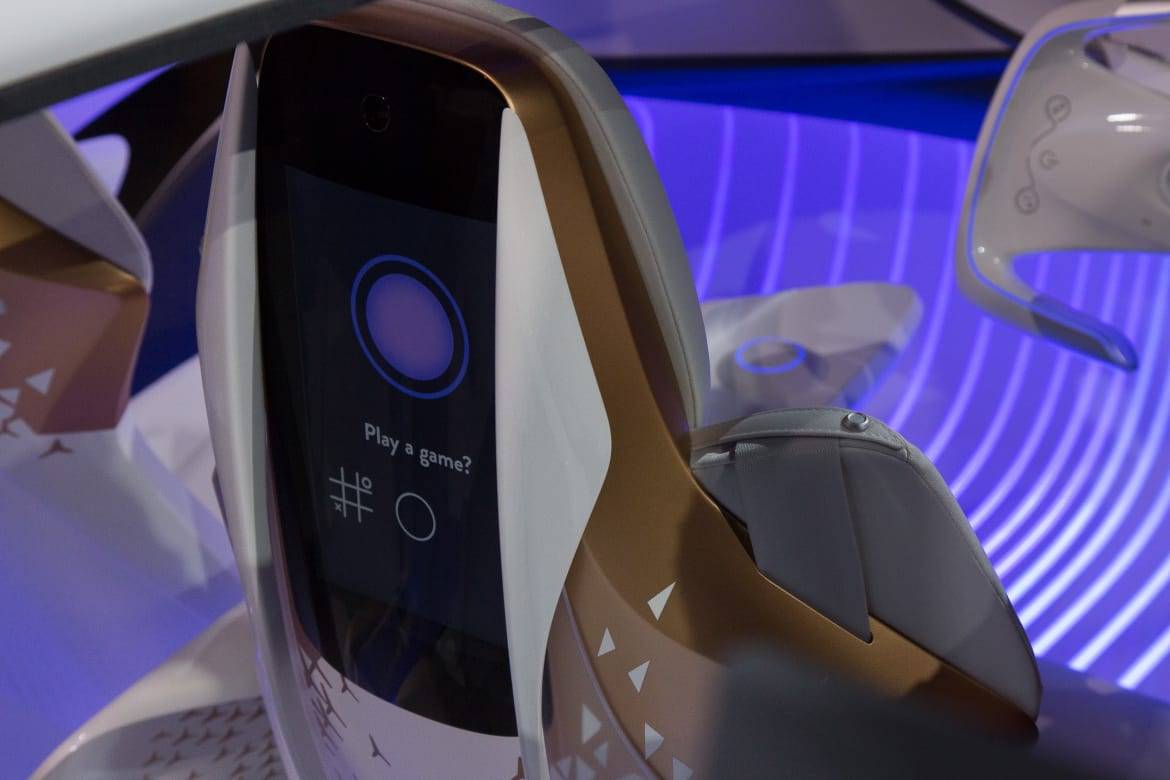
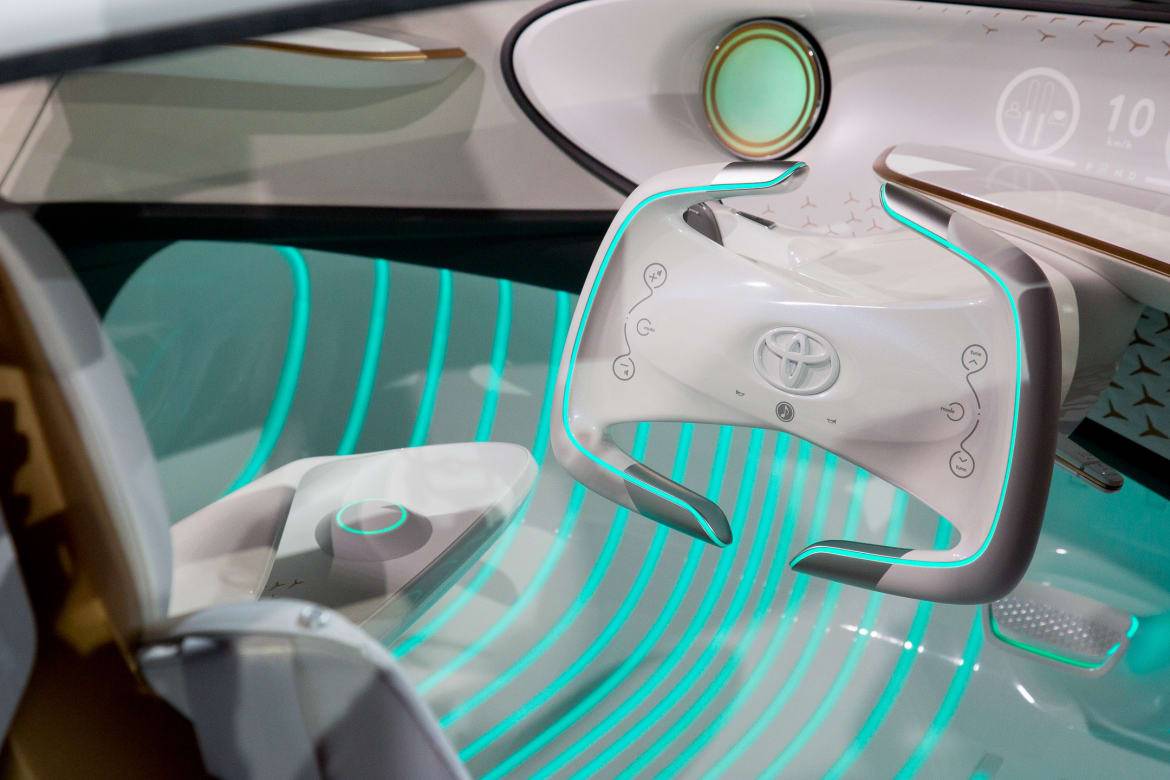
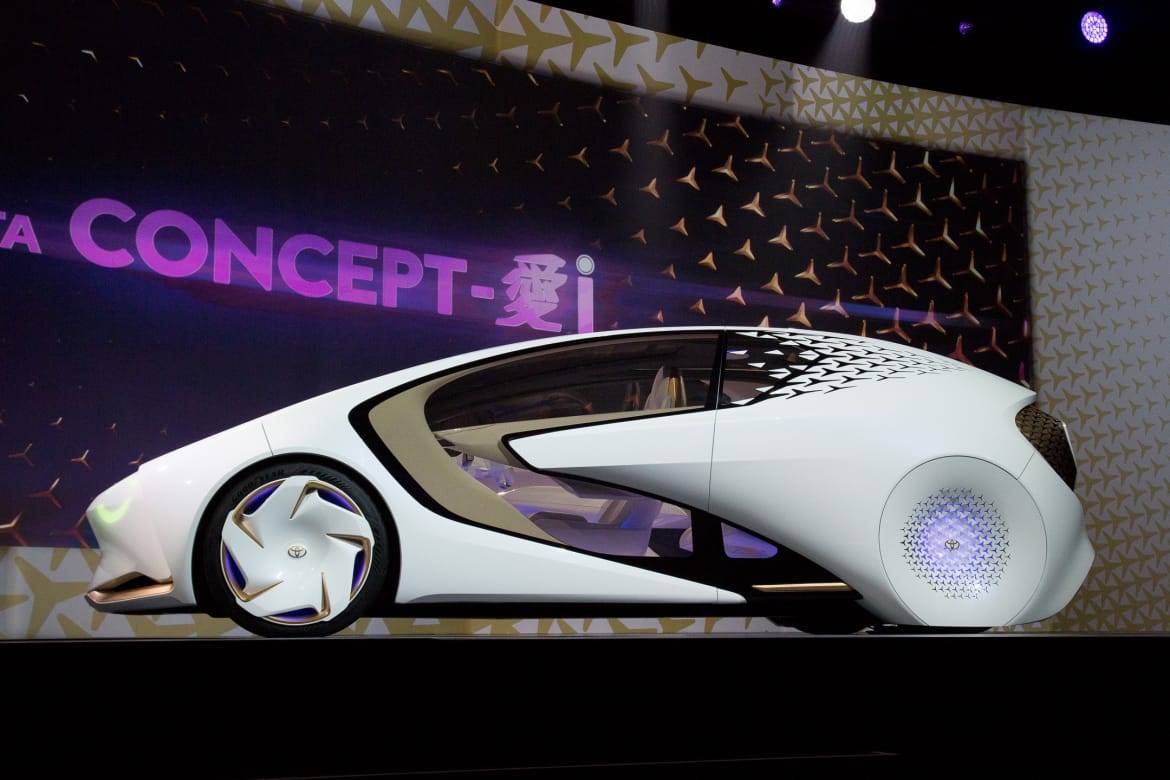
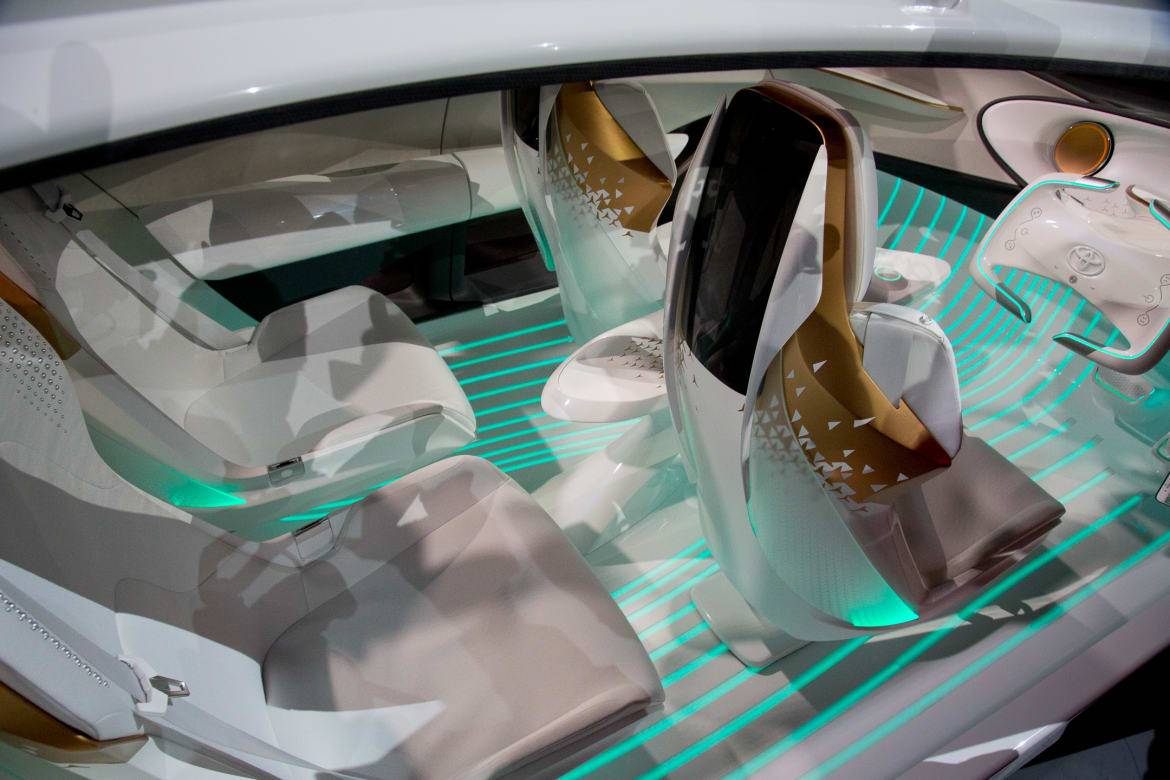
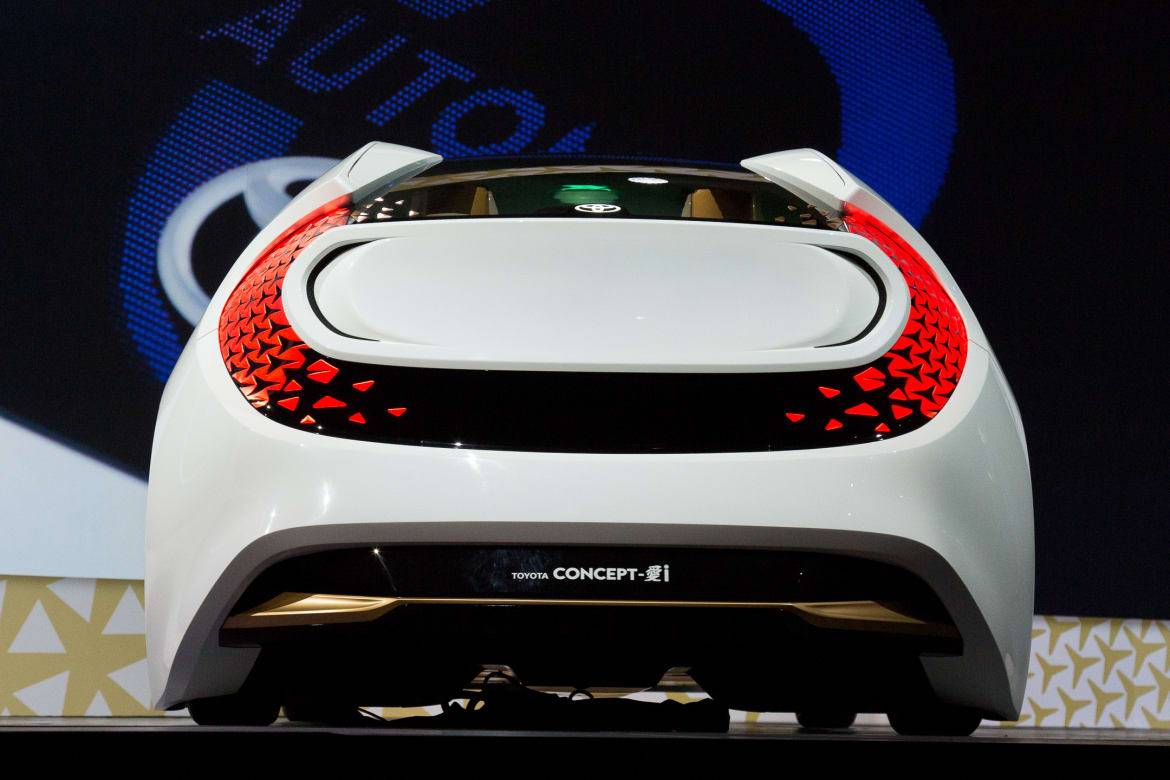
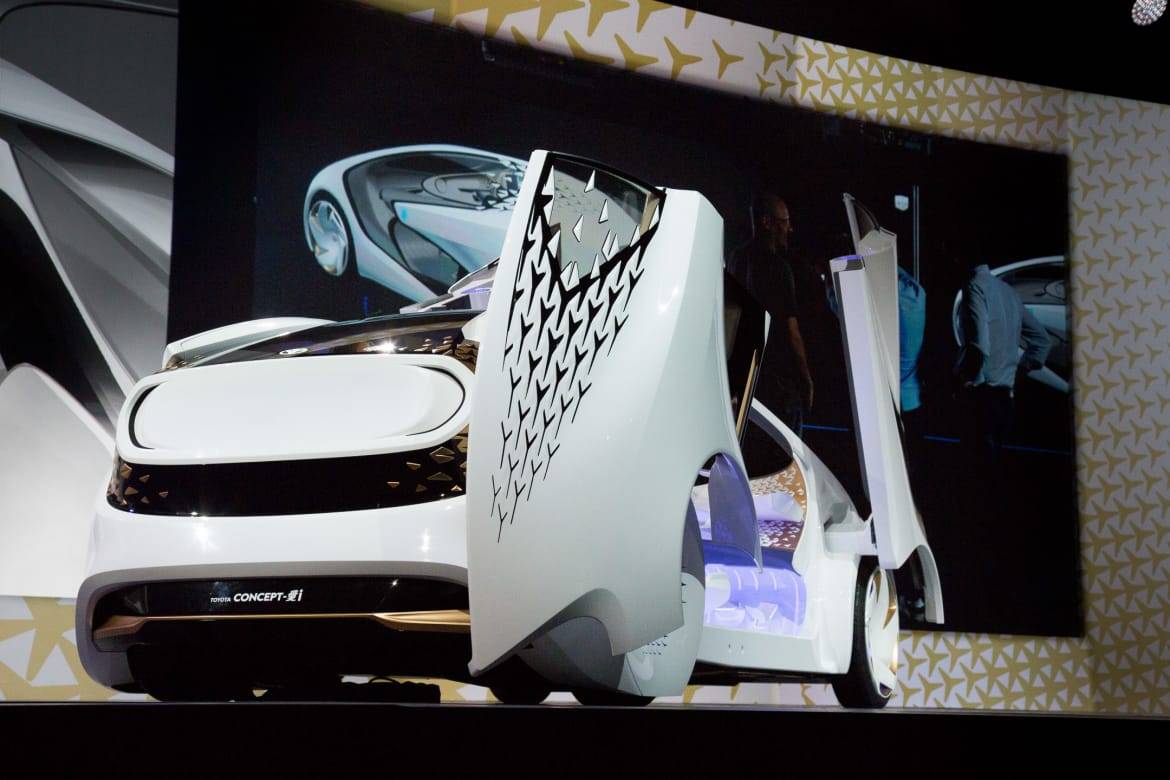
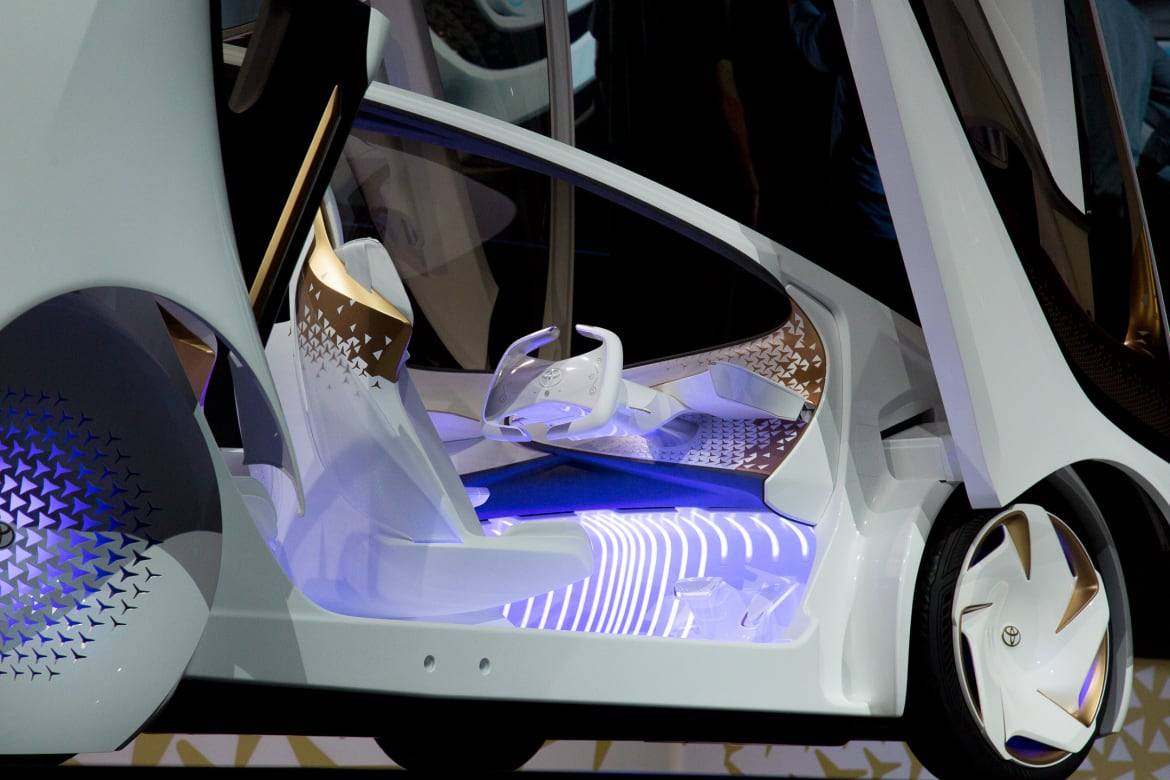
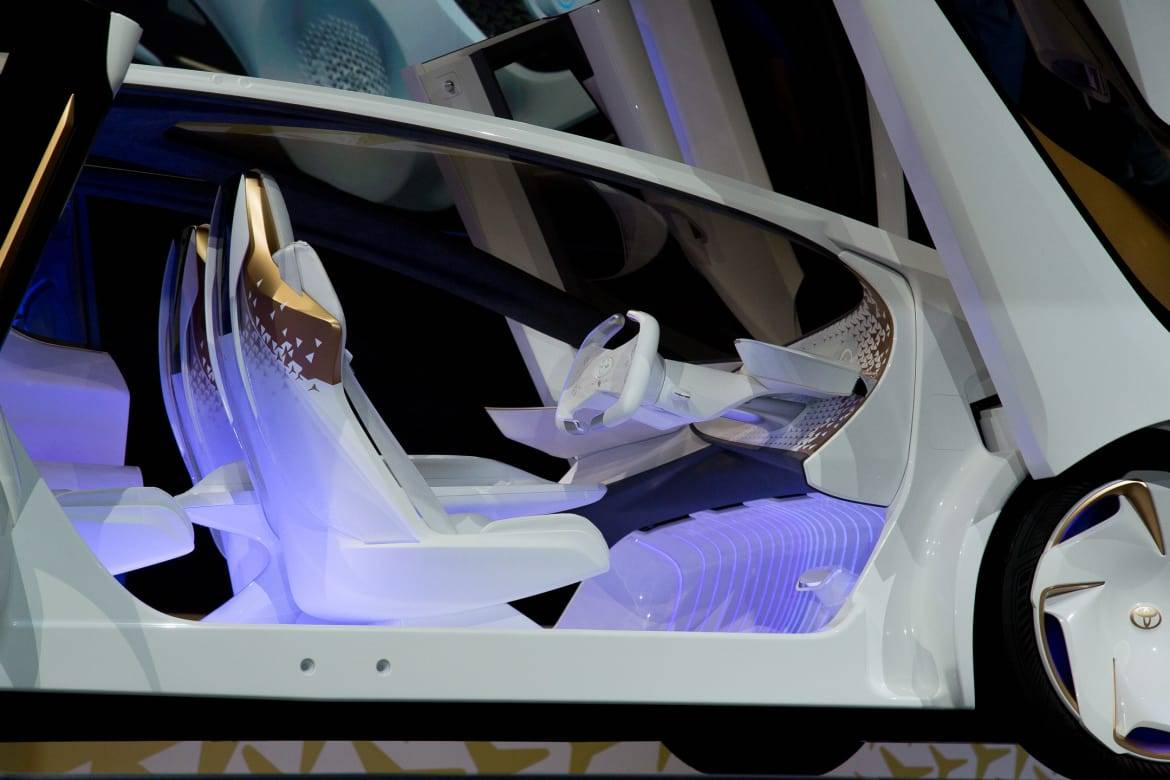

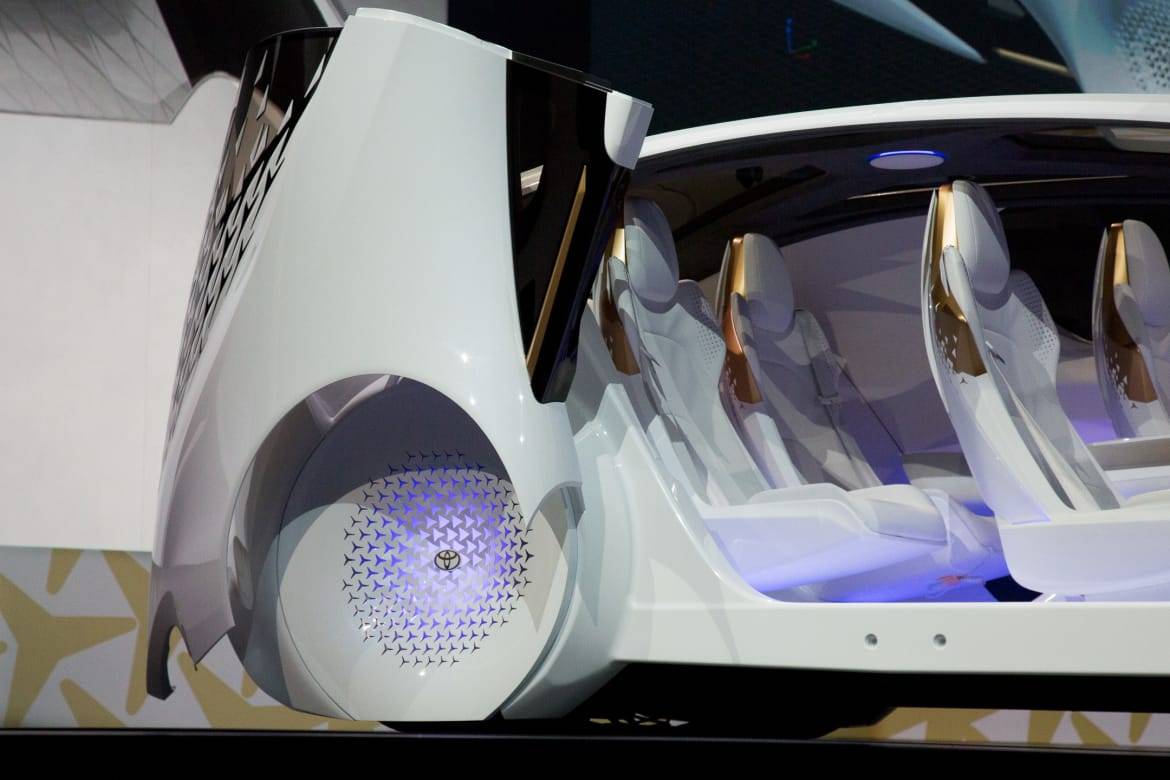
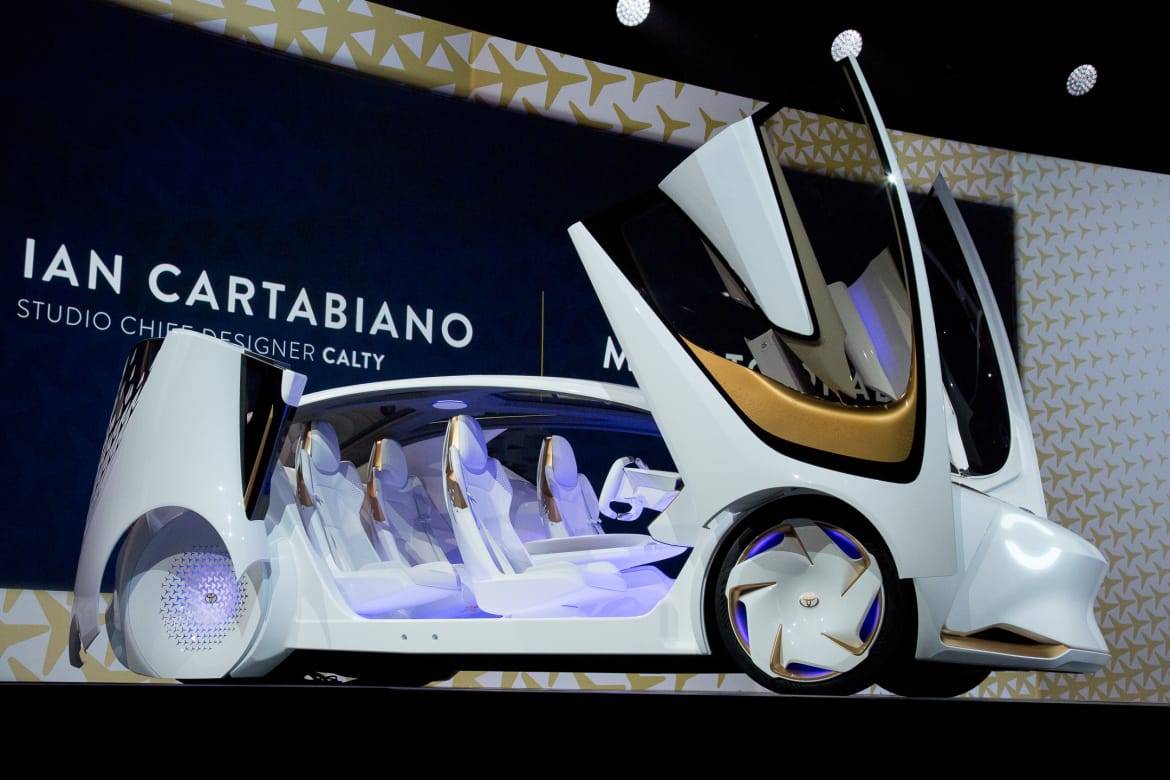
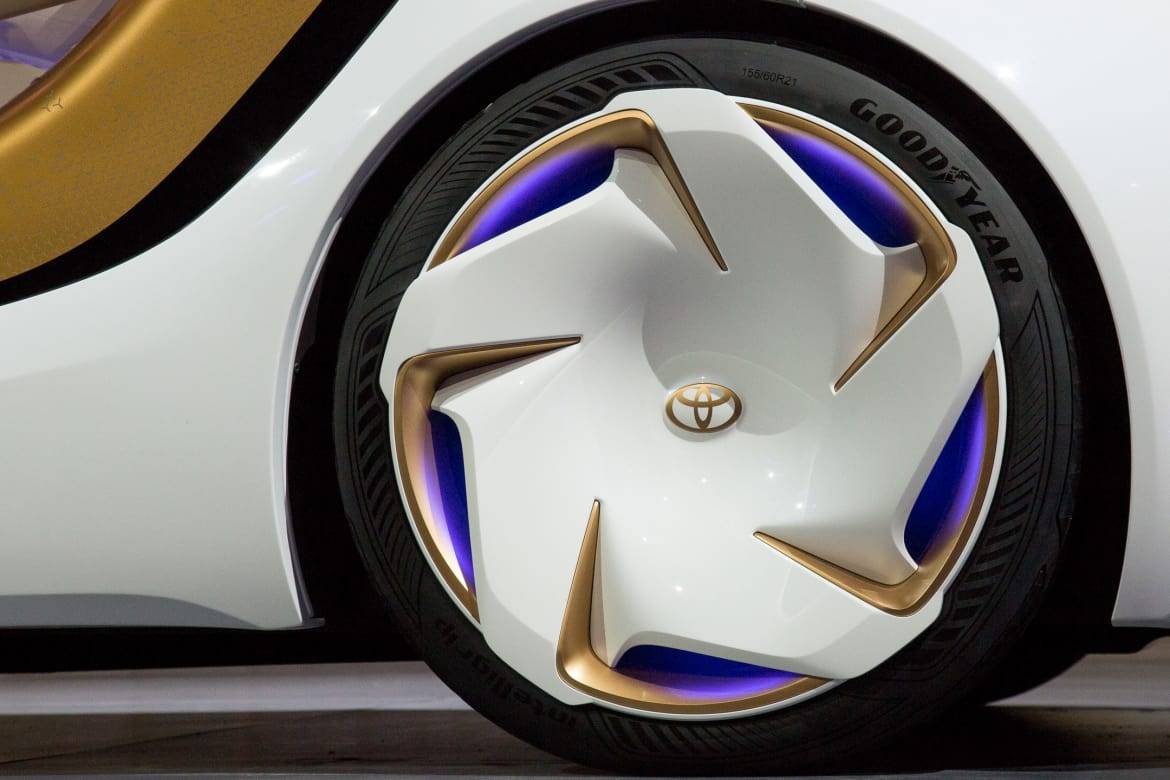
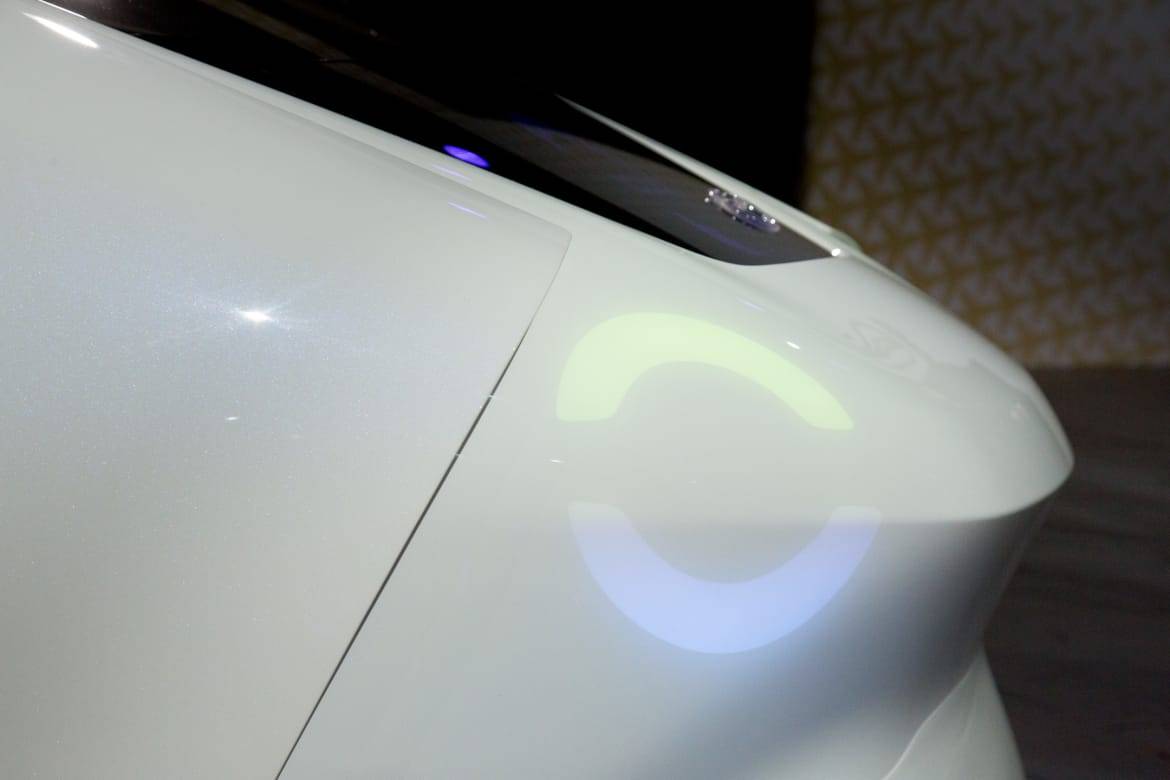
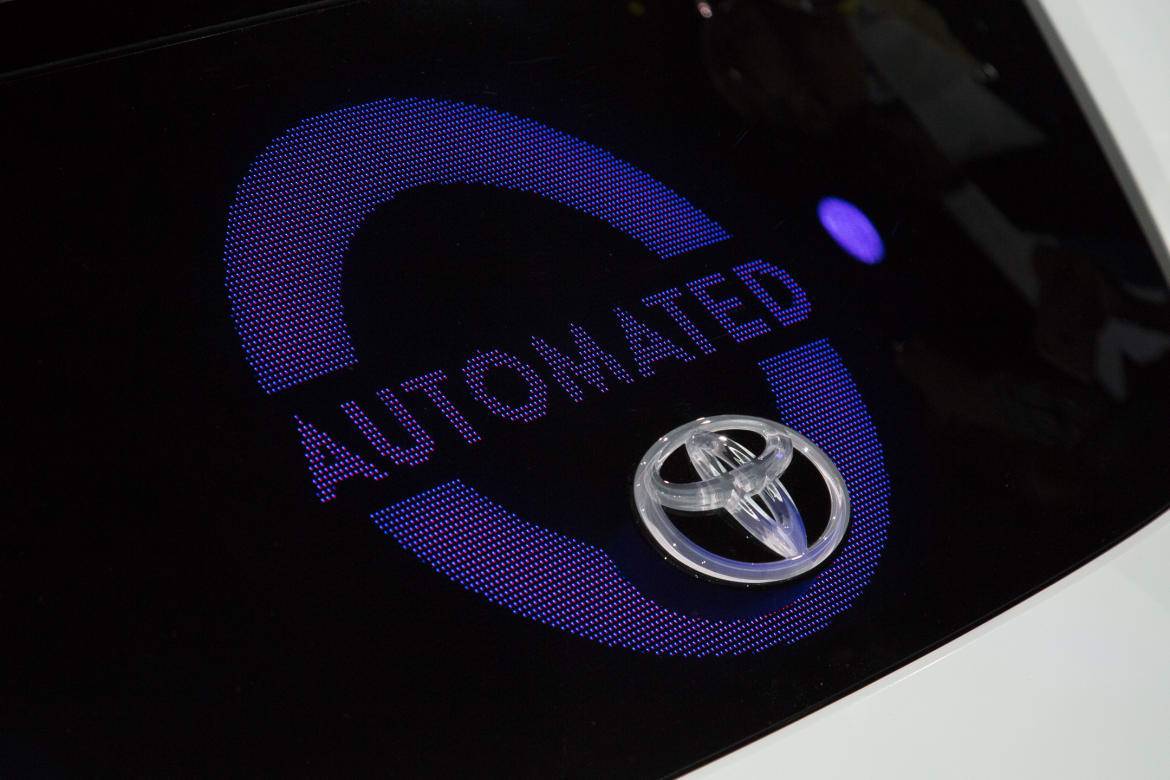
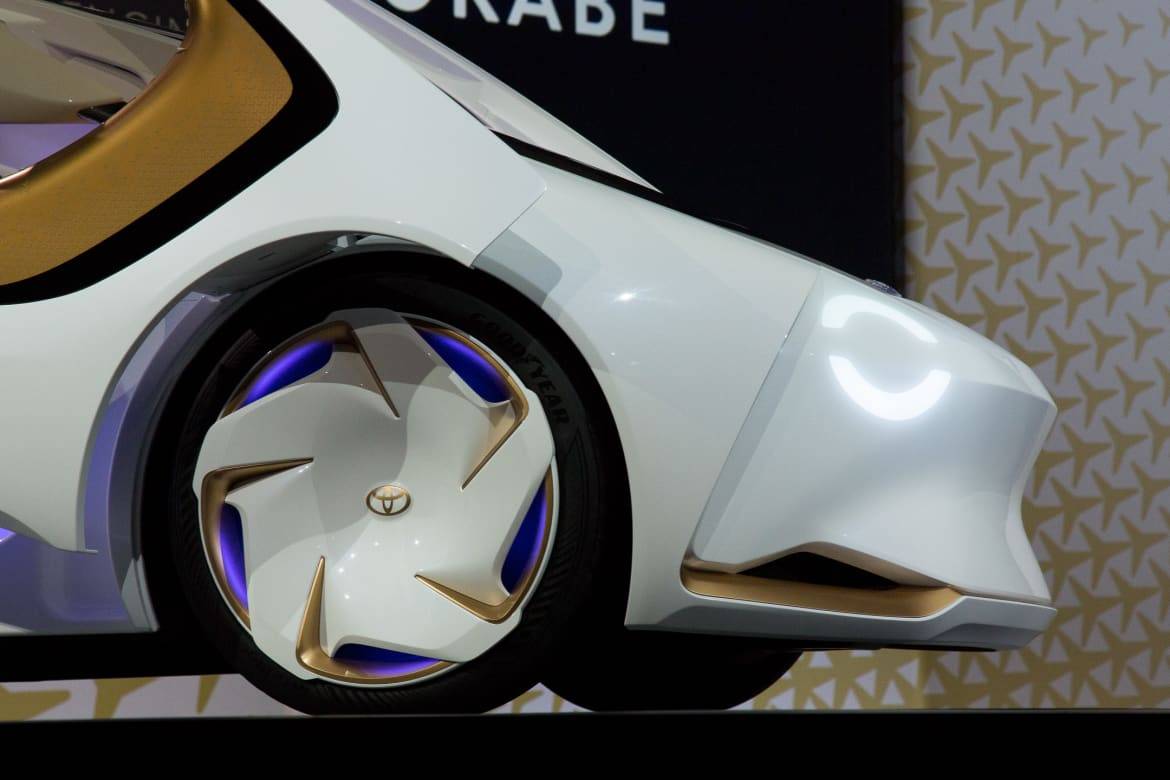
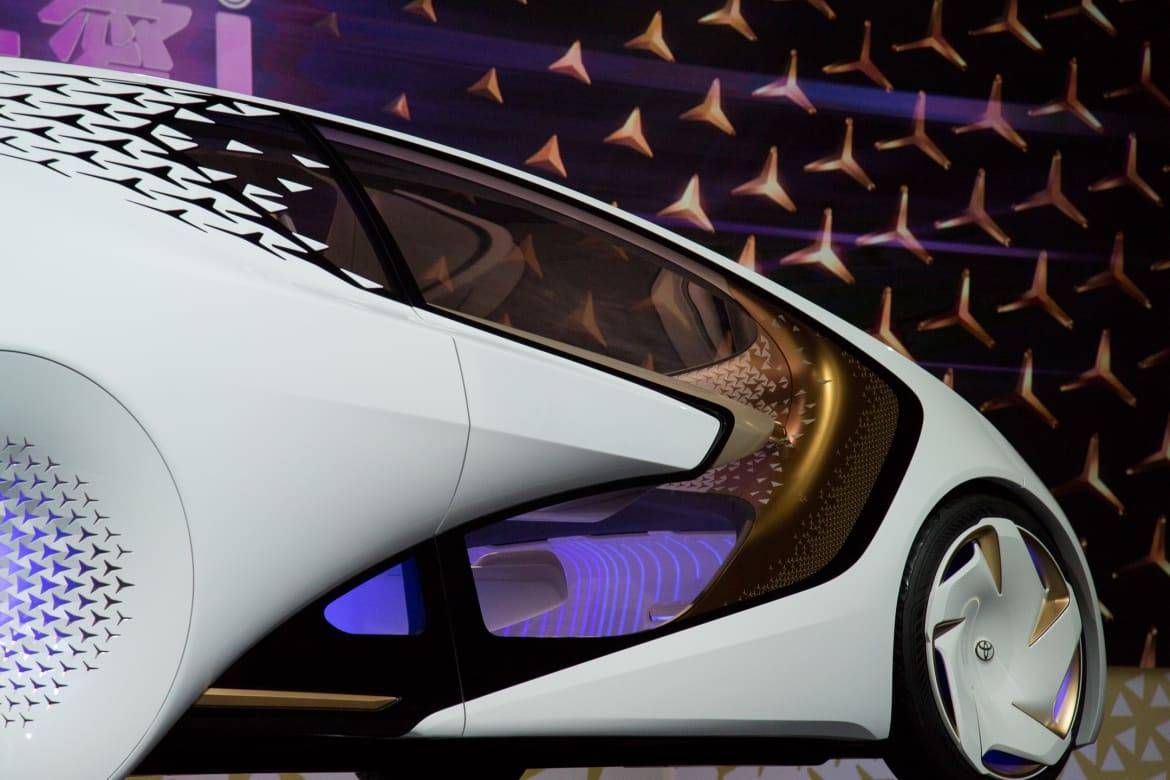
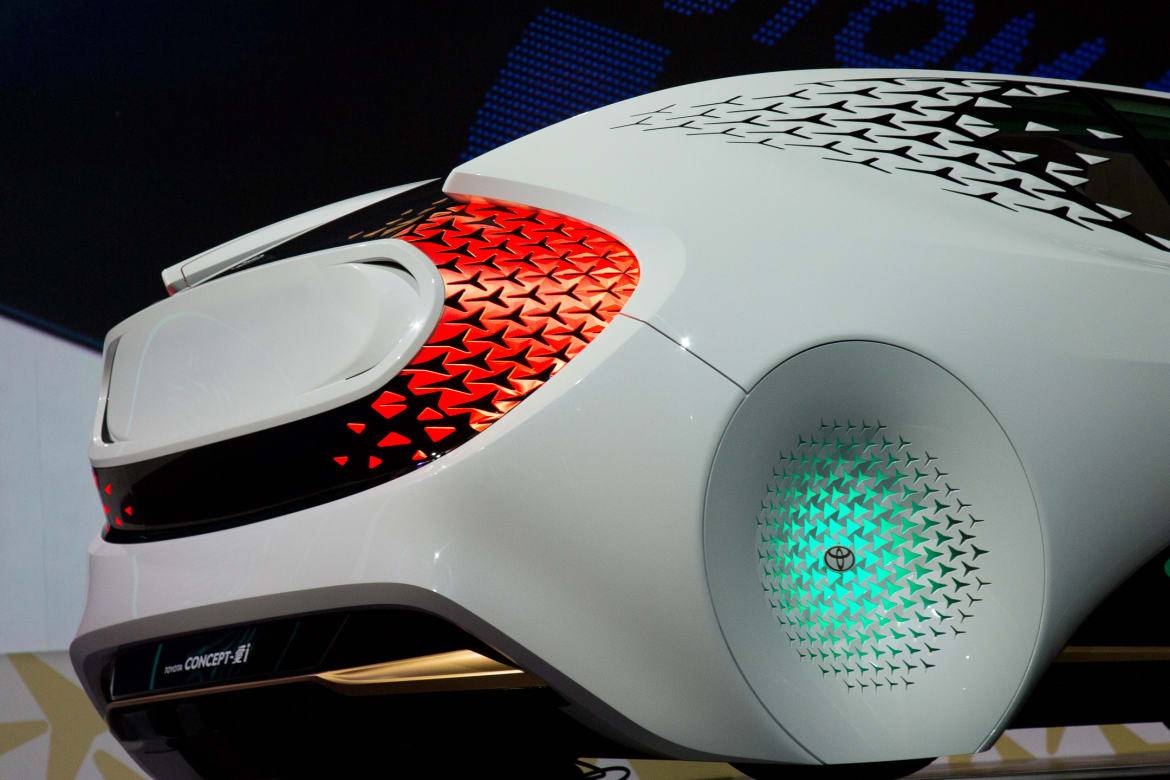
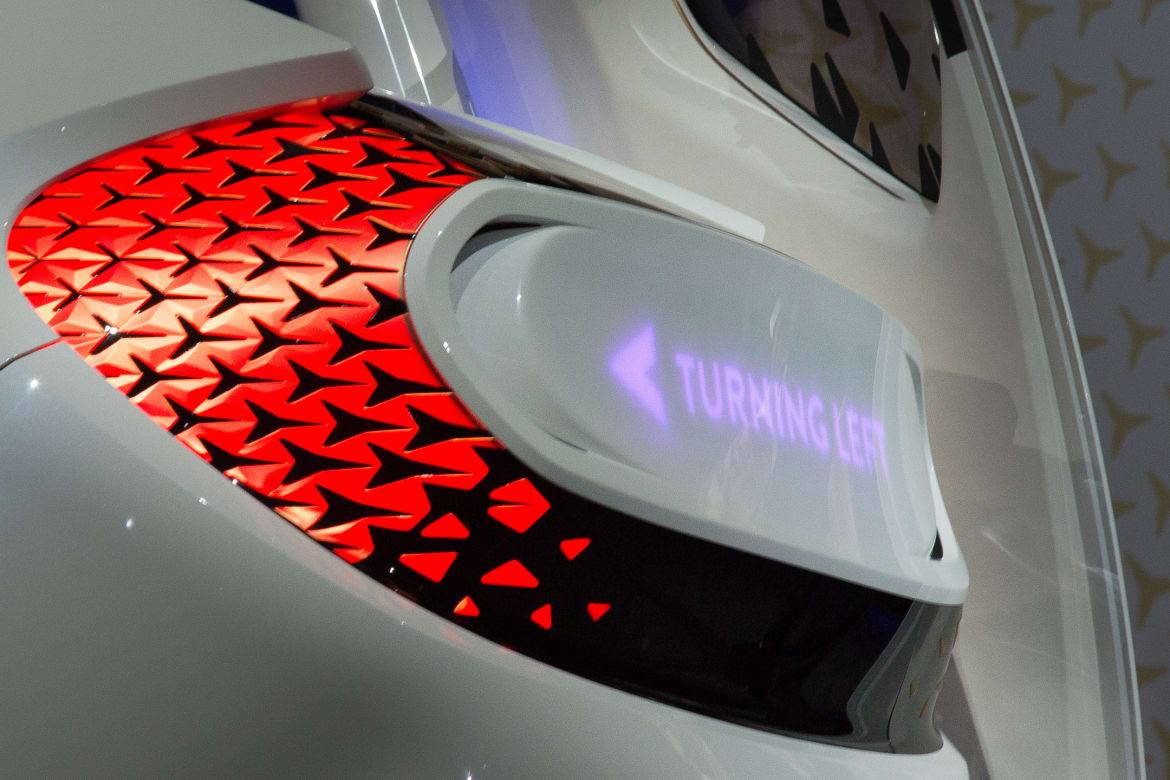
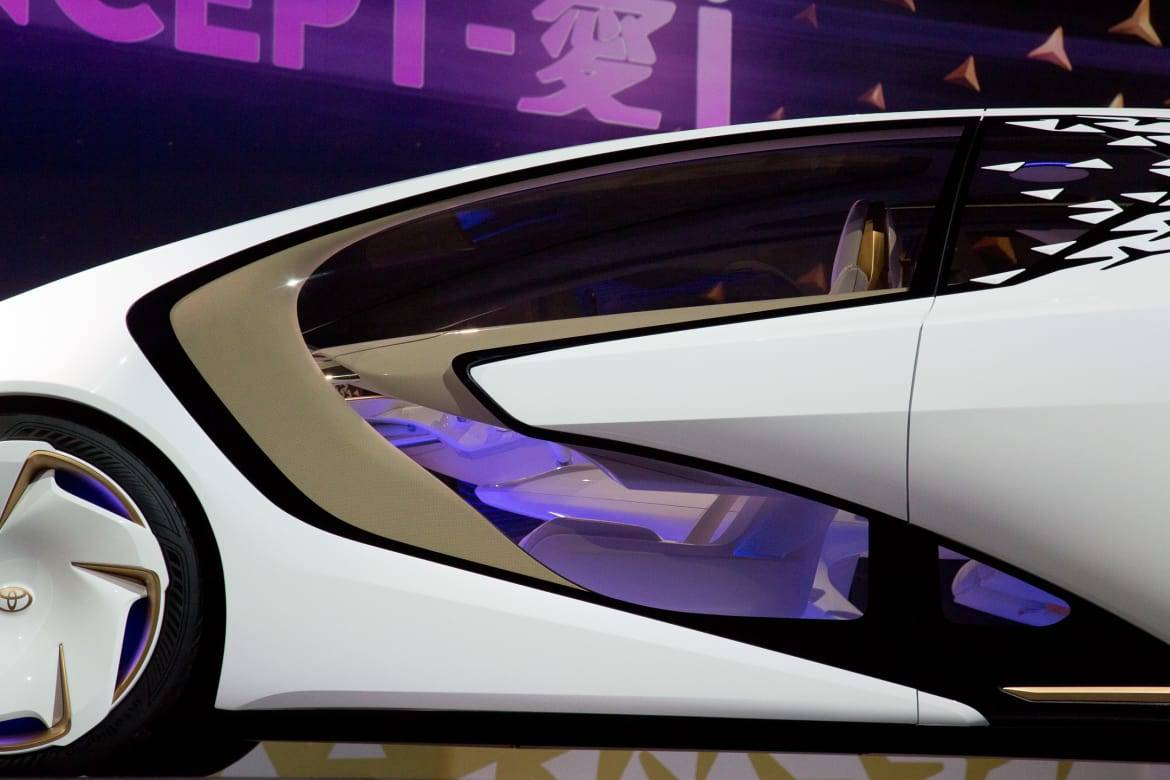
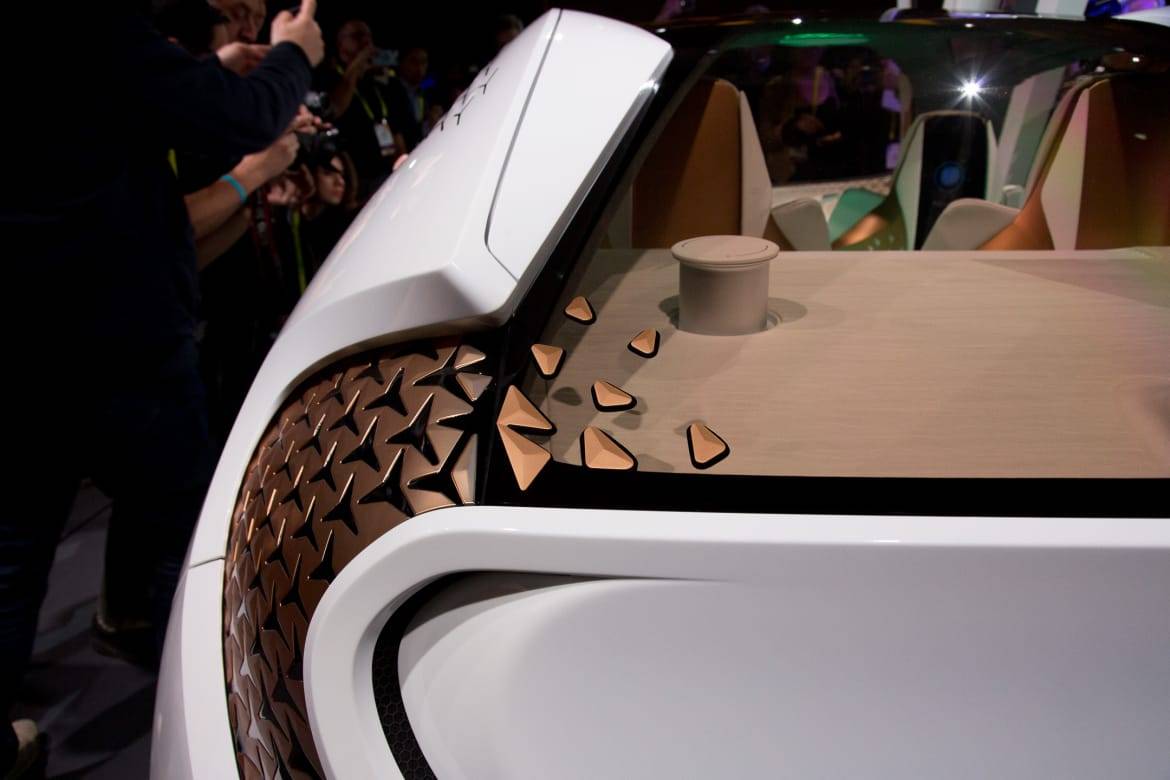
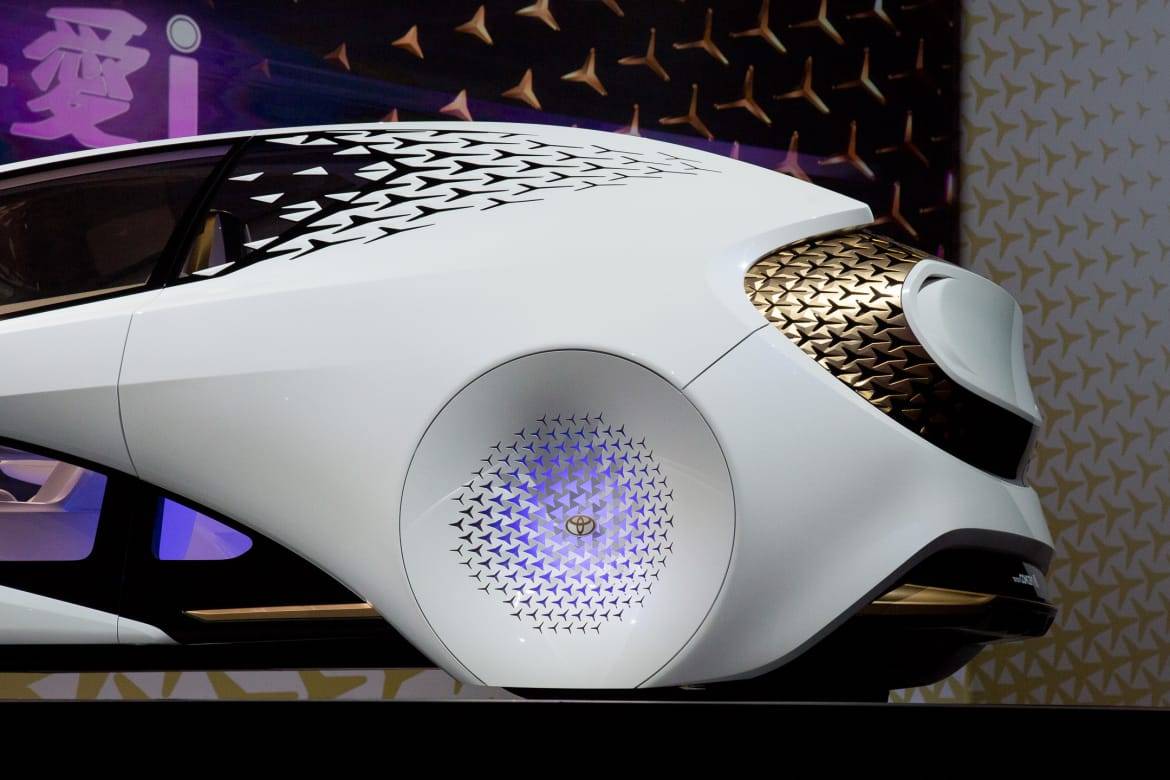
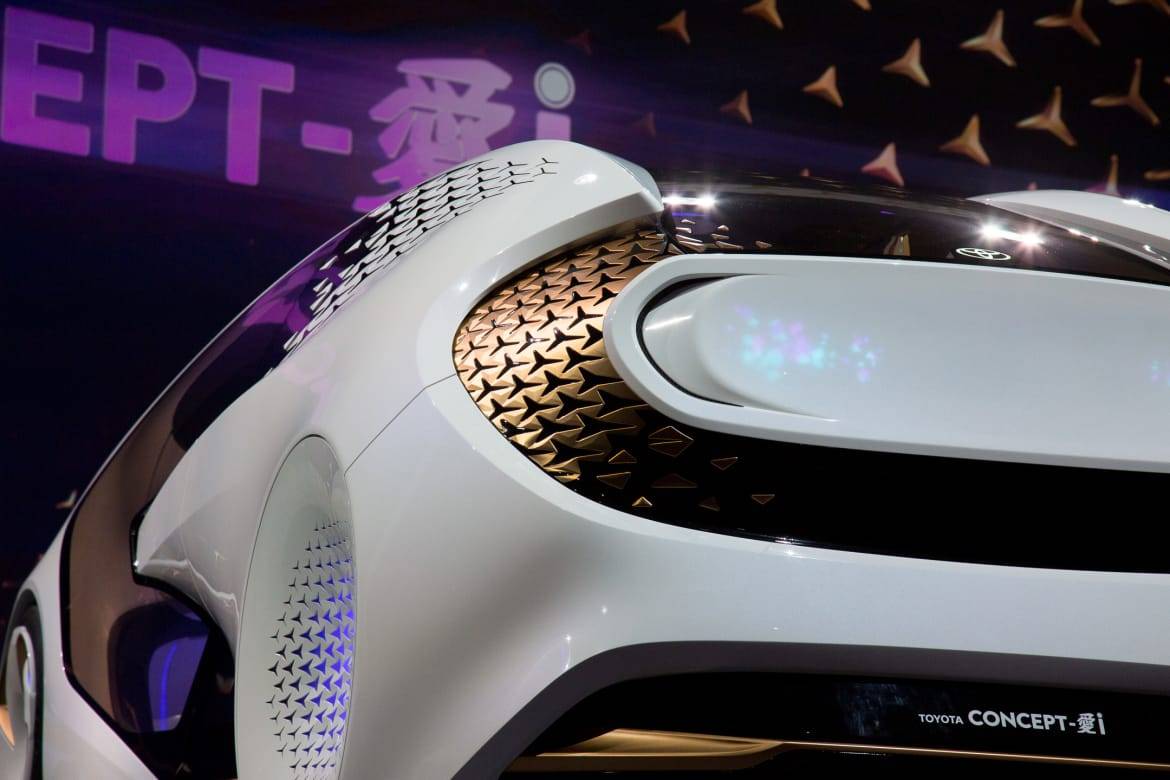




































Former L.A. Bureau Chief Brian Wong is a California native with a soft spot for convertibles and free parking.
Featured stories

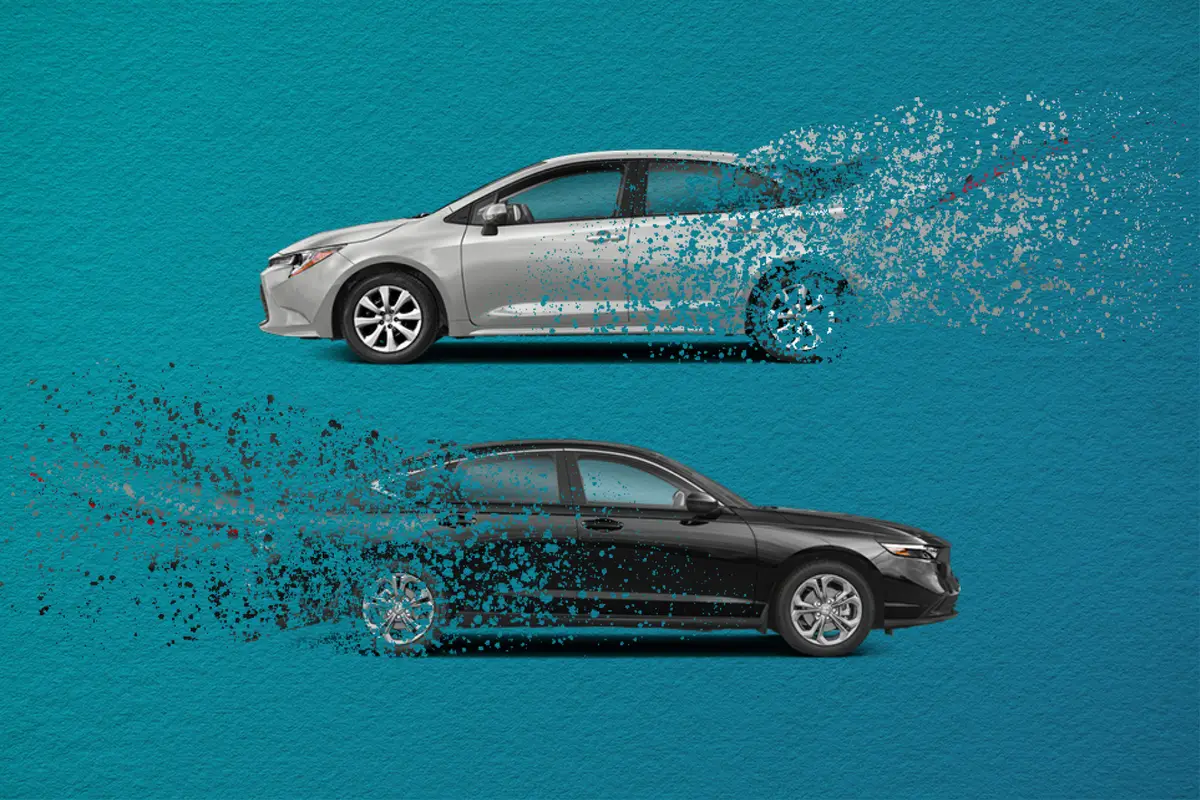
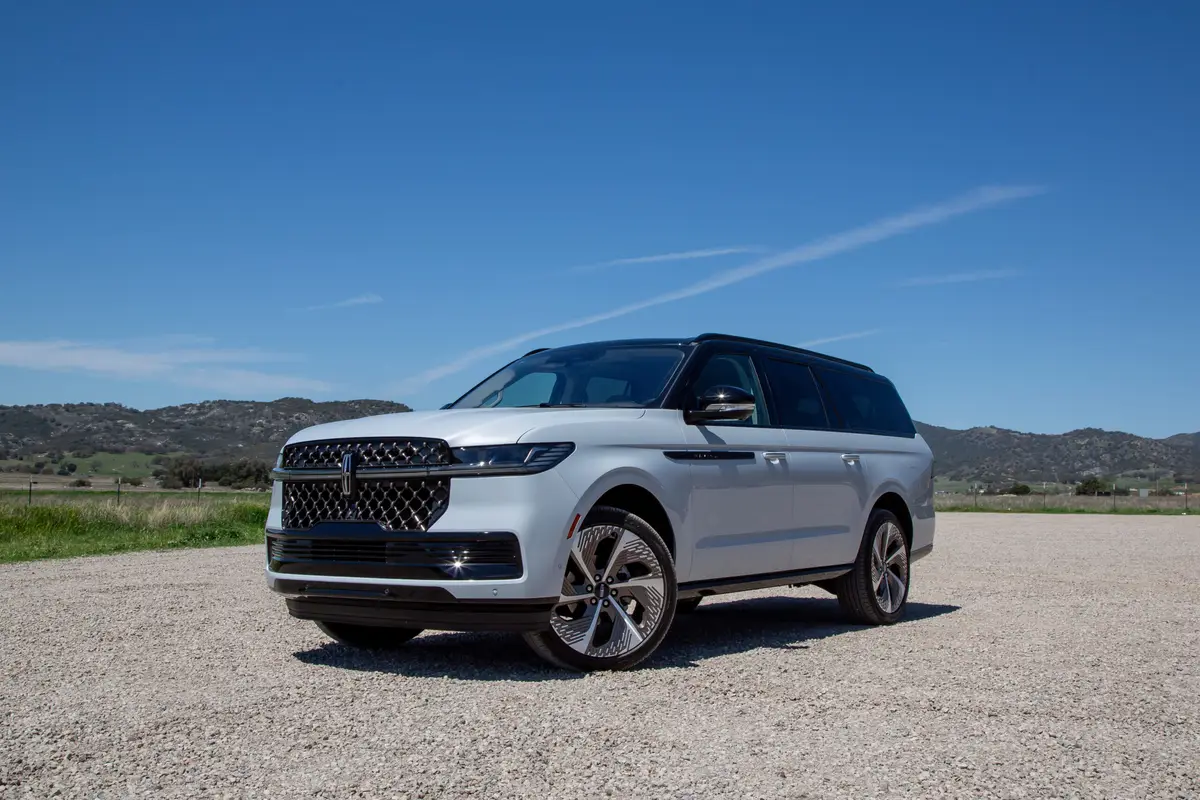
2025 Lincoln Navigator Review: Elephantine Elegance




































